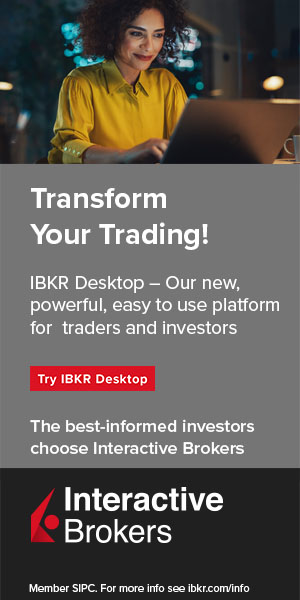CBDCs refer to the type of digital currencies that are issued and backed by the central bank of a particular nation. Unlike cryptocurrencies, which are decentralized and operate independently of an apex bank, CBDCs are centrally issued and centrally managed.
Information from the Atlantic Council’s tracker on CBDCs states thus:

“114 countries are exploring CBDCs. Among them, 39 are in the research phase, 33 are in the development phase, and 11 have already launched”.
This innovation is gaining more and more acceptance, and no country would want to be left behind. We shall attempt to look into some of the latest developments with CBDCs and how they may benefit crypto investors.
Central Bank Digital Currencies (CBDCS) have been a hot topic of discussion in the past few months as countries around the world have begun to look into their possible use to solve the increasing problems associated with digital and cryptocurrency payment systems.
There are two forms of CBDCs. We have the retail CBDCs and we also have the wholesale CBDCs. By implication, the retail CBDCs refer to the digital currencies issued to the general public for usage, while the wholesale CBDCs refer to the form of digital currencies on a larger scale intended for interbank transactions and transfers.
CBDCs vs. Crypto
CBDCs are similar to crypto in that the CBDC tokens require verification from the owners using their private keys. And the person whose wallet holds the token is presumed to be the owner of the token. The intermediary, such as the banking institutions, keeps track of the identities of parties transacting business with each other. The CBDC is not a cryptocurrency, as cryptocurrencies are not regulated. They are not stablecoins either, although, stablecoins are very similar to CBDCs. CBDCs are just a digital version of fiat (traditional) currencies.
Cryptos are volatile assets, as their values are determined by the activities of demand and supply, but the CBDCs are designed to carry or portray the value of the fiat or traditional money, thereby resulting in the stability of the digital currencies.
The creation and issuance of cryptos are controlled by the network’s algorithms and the participants on the network, but the central banks issue and control CBDCs.
CBDCs vs. Mobile Money
These two are both digital currencies, but there are some key differences between them. Firstly, CBDCs are issued by central banks, while mobile money is typically issued by mobile networks or some fintech institutions. The CBDCs have full backing from the government, but Mobile Money is backed by the number of equivalent fiat currencies held in a particular bank account. The CBDCs are subjected to stricter regulations than mobile money. While mobile money is limited by the scope of its usage, as its scope of usage covers remittances and microtransactions, CBDCs have a broader scope of usage. CBDCs can be designed to operate on a peer-to-peer basis, thereby eliminating intermediaries, but mobile money cannot do without the service of intermediaries. CBDCs are a new initiative that may likely replace fiat money or coexist with it.
Countries Using CBDCs
Major nations working towards launching CBDCs include the United Kingdom, the United States of America, China, and Europe.
Out of these listed nations, only China has reached an advanced stage in the launch of CBDCs. The US Federal Reserve, Bank of England, and European Central Bank are taking time in the area of research and exploration of the possible benefits and risks of CBDCs. They are seeking consultation from stakeholders and the public. In a statement made by Fabio Panetta, an executive board member of the European apex bank, in a blog post, he said,
“It is too early to decide on the details of the designs. “We expect to complete the investigation phase of our digital euro project in the autumn of 2023.”
But as for China, they are far ahead of the other nations in launching CBDCs. By December 2022, a statement was issued by the People’s Bank of China revealing that about 13.61 billion e-CNY were in circulation.
CBDC: Possible Opportunities for Blockchain Industries
There are blockchain projects that could benefit from partnering with banks, and there are investment opportunities that could follow from the creation of CBDCs in various countries. Initiatives like Chainlink (Link) may help enable CBDC transfer across public and private networks. They can also link centralized businesses with the blockchain.
Since the financial messaging system plans on a global CBDC network, SWIFT, a messaging network used by financial institutions to securely communicate among themselves, is said to have recently collaborated with crypto projects.
Learn from market wizards: Books to take your trading to the next level


 Hot Features
Hot Features














